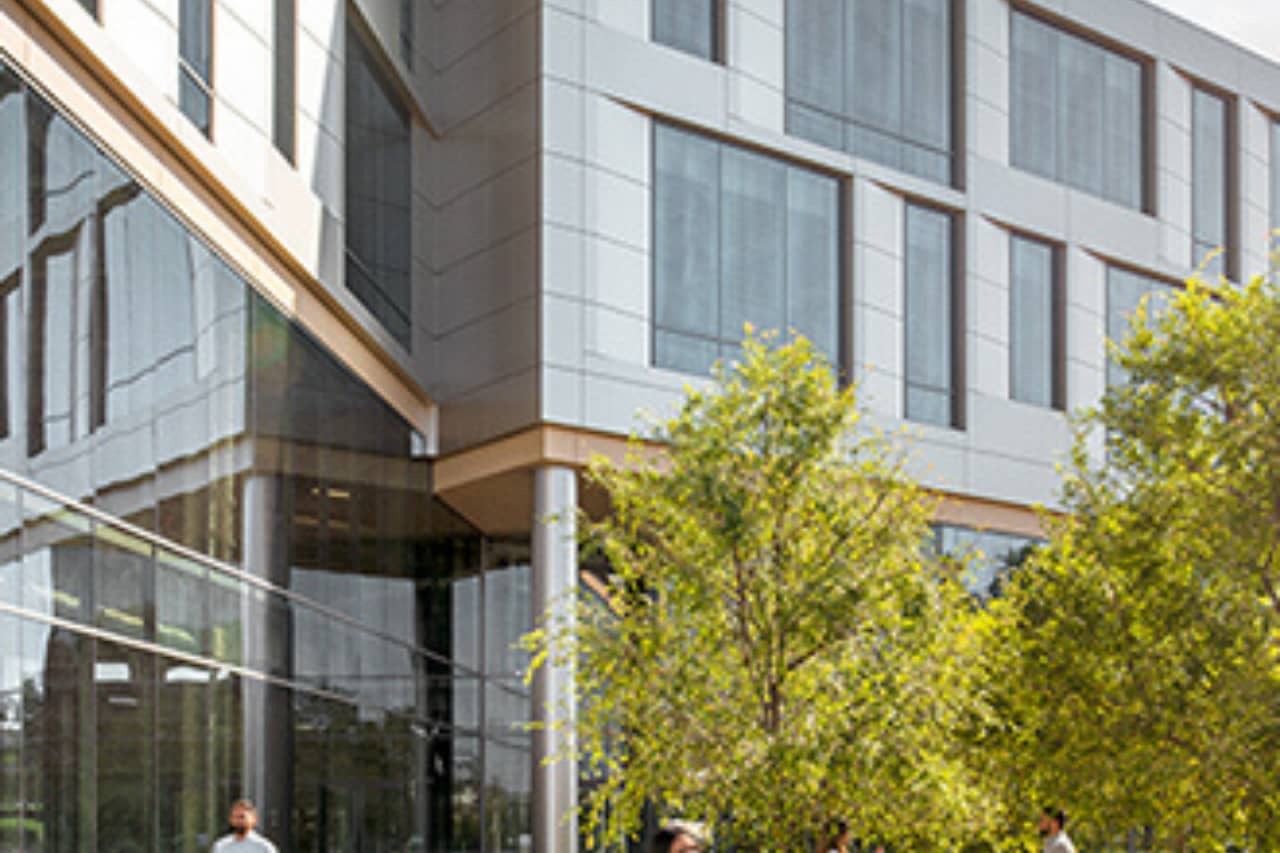
James Beard
Student at Chapman University, Orange, CA
Life Science in Real Estate
Life science properties are a growing trend among those repositioning underutilized properties. These consist of buildings catered toward technology, medical, and life science usage, with a combination of office and lab space. Professionals in this field greatly need their facilities, since operating remotely isn’t an option for those whose work cannot be replicated outside of a lab setting, and the delivery of healthcare services remains largely onsite.
Lab spaces have the potential to change over time, so it’s important these spaces are flexible and can adapt to advancements and evolution in science. Taking advantage of urban space may bring various medical centers and science facilities together, making it easier to collaborate on research and provide better access to larger parts of a population.
Being available to a much larger patient base will help offset expenses relating to equipment and overhead. Other advantages offered by healthcare in an urban setting include better overall quality, more employees, and shorter wait times. Significant advancements in science will attract a great deal of funding from venture capitalists, institutional investors, and the federal government.
Society’s less fortunate often lack the ability to pay for healthcare services even when covered by government health programs, which places the burden on the charitable entities dedicated to serving those people’s needs. The physical space required for such care represents a huge portion of those organizations’ operational costs. However, those funds could be redirected toward patients if an existing building were utilized as opposed to ground up development.
Repositioning properties into life-science facilities and medical centers…
- Entices funding from investors and the federal government
- Benefits from synergy with nearby facilities and universities
- Improves accessibility to those in urban areas
- Redirects funding that would’ve been used for construction toward patients
- Satisfies demand for in-person space to conduct research and address needs of patients
Real estate expenditures can be so great that they may discourage expansion and diminish the ability of care providers to assist those in need. Unoccupied buildings present an attractive opportunity for negotiating a discounted price and provide additional savings when opting to not develop from the ground up. Through adaptive reuse, life science properties will benefit from ample adjacent parking, proximity to other health service centers, and the space to create a flexible environment.
Opportunity Zone Investing
The tax code not only provides the opportunity but also the incentive for new development and investment in certain economically-distressed regions. The purpose of the Qualified Opportunity Zone Program is to spark job creation and economic development in low-income and undercapitalized communities by providing tax benefits. For a project to qualify for opportunity fund financing, the investment must result in substantial improvement.
There are over 8,700 opportunity zones in the United States, ranging from urban to suburban to rural in terms of population size. These zones have lower incomes, higher poverty rates, and higher unemployment rates than other census tracts. If you hold onto an opportunity zone investment for 10 or more years, any appreciation on the investment may be excluded from taxable income.
Real estate investors have 180 days to identify and close on the replacement opportunity zone investment, as opposed to the 45-day window for 1031s. Additionally, only the capital gains portion from the investment sale is required to be reinvested in an opportunity fund to receive preferential tax treatment, whereas 1031s require reinvestment of sales proceeds.
Opportunity zone investments make it possible to…
- Defer taxes on capital gains if those gains are reinvested into opportunity funds
- Make long-term investment in gentrifying and growing neighborhoods
- See basis step-up of previously earned capital gains
- Pay no taxes on capital gains from opportunity fund investments held for at least 10 years
- Save $1.6 billion in capital gains taxes over the next decade
It is possible to redevelop without the assistance of low-income housing tax credit or any federal funding. Sometimes restoration can be difficult when conforming to modern design standards and navigating zoning restrictions. A lot is dependent on how well the building was originally constructed and how it was built for the given location and climate. Once local governments revisit general plans and restructure zoning requirements to accommodate different needs, adaptive reuse proves to be more cost-effective and sustainable than ground up development.
Adaptive reuse strengthens a community by…
- Reviving idle areas
- Utilizing premium locations instead of letting them go to waste
- Altering and easing zoning requirements for future development
- Minimizing construction costs, use of resources, and impact on environment
- Providing affordable housing at a time when it’s desperately needed
- Linking its past to its future
While fund structures become increasingly complex and the cost of technology escalates, more and more funds are looking to be relieved of the expenses and difficulty that comes with employing and managing in-house teams performing non-core functions. That way, fund managers can focus on raising capital and acquiring assets while we take care of the rest.



